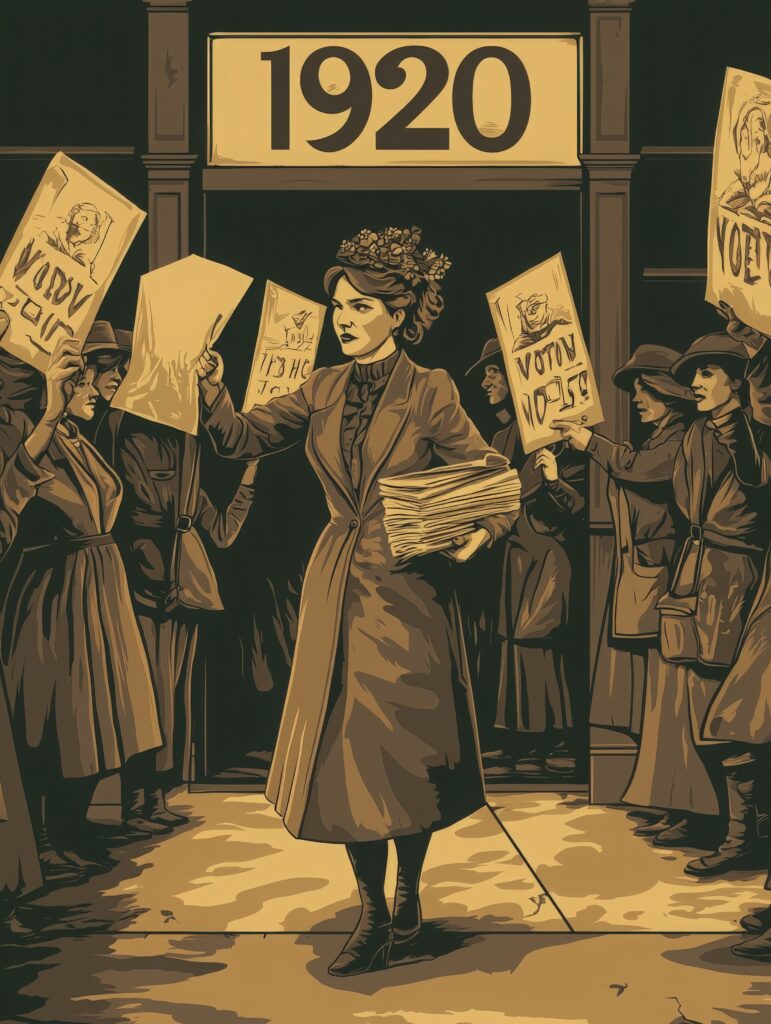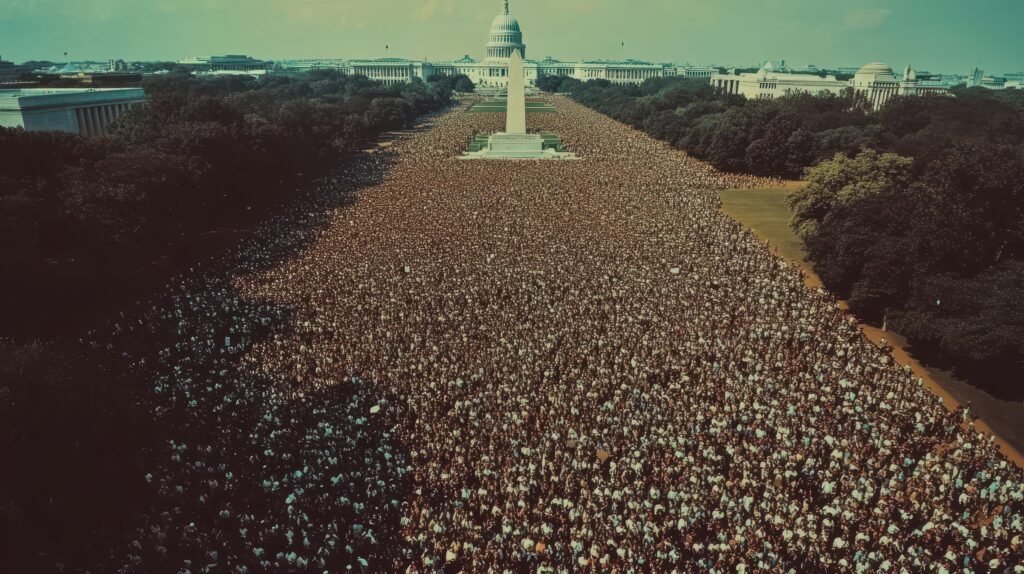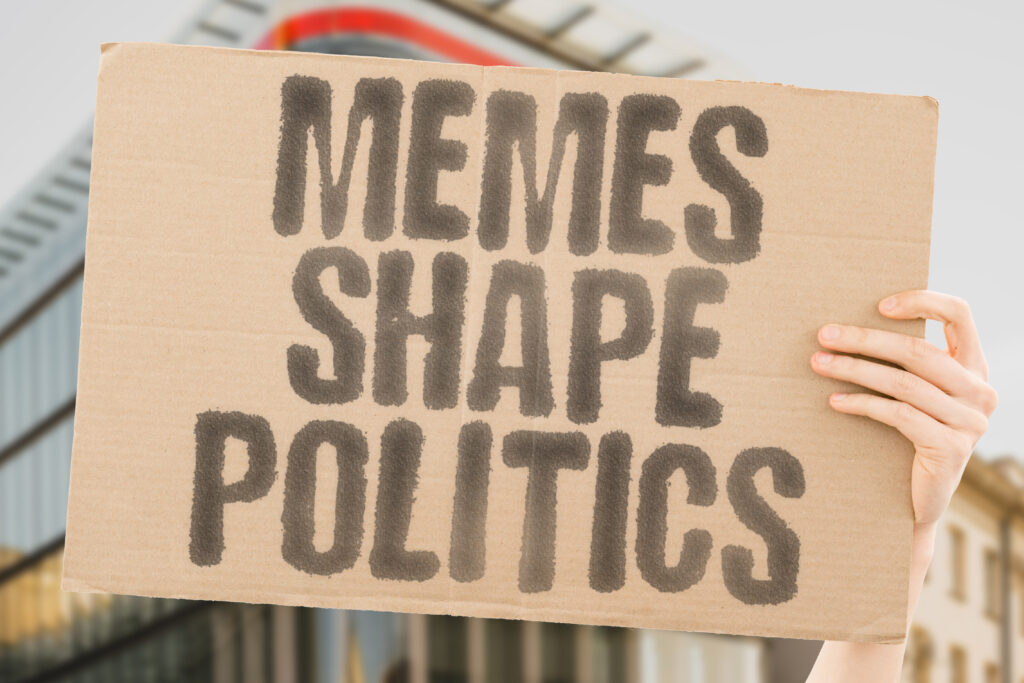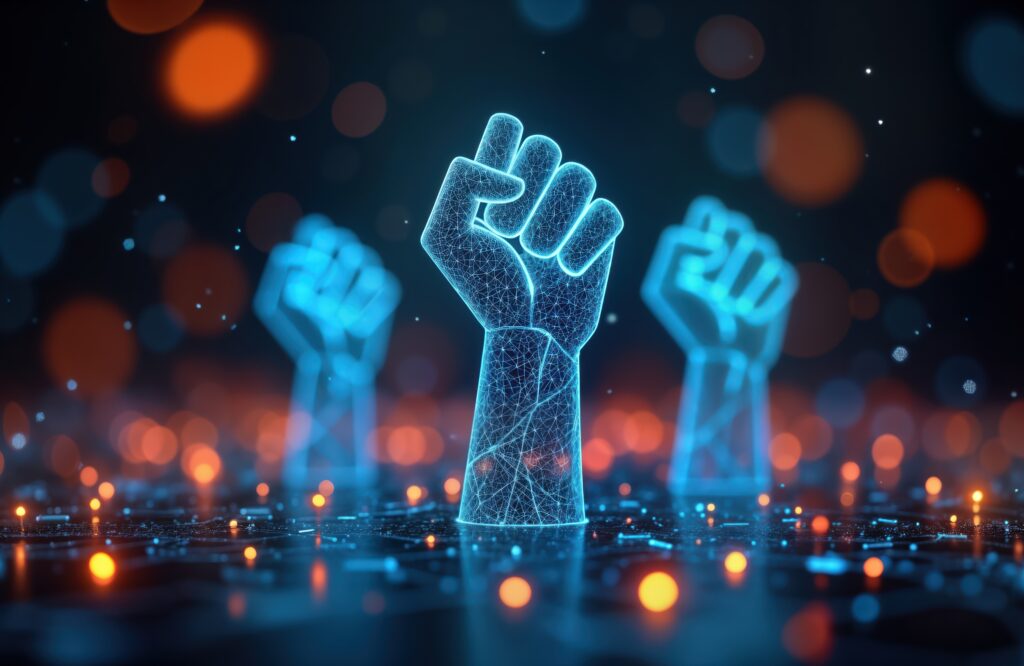By Susan Schrack Wood, Director of Communications, The League
Civic Engagement is a broad term that can be thought of in many different ways. Civic engagement is “the active participation of individuals in the life of their community to improve conditions for others or to help shape the community’s future.” Civic engagement has different faces depending upon the ways in which we want to improve our community. Many times, the first thing that comes to mind is the political arena as people are encouraged to do their civic duty by running for public office or voting so that they have a say in who becomes their elected leaders. Sometimes civic engagement is advocacy and activism to campaign for social or environmental causes or coming together as a community to discuss important challenges and find solutions. Civic engagement can also be as simple as volunteering for organizations that help the community.
The face of civic engagement has transformed significantly over the last 125 years of The League’s existence. These changes have been driven by shifts in technology, political structures, societal values, and the evolution and transformation of public communication.
Early 20th Century: Traditional Forms of Engagement

When The League first formed in the early 1900s, civic engagement was a face-to-face interaction in events like town meetings, rallies, and political gatherings. Voting was the most direct and widely recognized form of participation, though access to the ballot was not universal. Many groups, including women and African Americans, faced legal barriers to voting, which led to grassroots movements demanding suffrage and civil rights.
Newspapers were a key source for informing the public and shaping political discourse. Civic organizations, including labor unions and local advocacy groups, provided a platform for people to demand economic and social change against corruption. Workers’ rights and government transparency were the primary concerns of that time period.
The town’s men began forming and joining civic groups such as the Kiwanis Club, The Lions Club, The American Legion, and the Veterans of Foreign Wars.
Mid-20th Century: Power to the People
These civic groups grew and strengthened and were a major force for social interaction and community engagement. Particularly after World War II, the United States saw a surge in community participation as returning veterans and a growing middle class were able to contribute to supporting and growing their communities. People were highly engaged in local and national issues. Radio and television developed into communication giants, and the media fueled the idea that the people have power. The Civil Rights Movement of the 1950s and 1960s highlighted the power of collective action, as activists used peaceful protests, marches, and sit-ins to demand equal rights.
During this period, television played a pivotal role in shaping public opinion and increasing political awareness. The televised presidential debates, beginning with John F. Kennedy and Richard Nixon in 1960, demonstrated the growing influence of media in shaping civic engagement. The Vietnam War and the Watergate scandal in the 1970s also fueled public activism, leading to protests and demands for greater government accountability.

Late 20th Century: The Arrival of The Internet
The arrival of the Internet and the World Wide Web produced a dramatic change for the world. As urbanization increased, and work-life balance shifted, digital communication contributed to a gradual decline in traditional civic group membership. Email, online forums, and websites provided new ways for communicating with people. This constant communication ability also meant longer work hours with less dedicated free time at home, meaning less time and energy for civic engagement in the community. The rise of cable news networks and 24-hour news cycles further increased access to political information. This made it easier for citizens to stay informed and engaged, but the expanded news hours also blurred the lines between traditional news and agenda-driven commentary, making it easier for people to be influenced and potentially misled by political party powers. Voter participation fluctuated during this period, with some elections witnessing declining turnout due to disillusionment with political institutions.
21st Century: Social Media and Digital Activism

The 21st century has witnessed an unprecedented transformation in civic engagement due to social media and digital technology. Platforms like Facebook, X (Twitter), and Instagram have enabled rapid dissemination of information and the organization of large-scale movements. Hashtags such as #BlackLivesMatter and #MeToo have galvanized global discussions on social justice issues, demonstrating the power of digital activism. Where civic and community groups once had to meet in person, more and more organization and mobilization began to take place digitally. The ability to choose specified and tailored information sources intensified any political divides that already existed, and the “distance” of social media communication allowed for less civility in civil and community discussions.
The traditional civic organizations such as the Lions Club, Kiwanis Club, and Rotary, which played so significant a role in community engagement, focusing on philanthropy, public service, and networking, have faced serious challenges. Moving operations and communications online means that membership has declined, particularly among younger generations who prefer more flexible and digitally driven forms of engagement.
To adapt, many of these groups have integrated digital tools, social media outreach, and virtual meetings to attract new members. Some have also expanded their missions to include more contemporary social justice initiatives, climate action, and local community development efforts. Online petitions, crowdfunding for political causes, and virtual town halls have made it easier for people to participate in civic life without being physically present. However, challenges such as misinformation, political polarization, and the digital divide have also emerged, complicating the landscape of civic engagement.
According to a 2021 Pew Research Center report, 69% of Americans reported engaging in at least one form of civic activity, such as contacting elected officials, volunteering, or attending community meetings. Additionally, volunteer rates in the U.S. have remained strong, with about 30% of adults participating in community service annually. Young people, in particular, have embraced digital activism, with over 60% of millennials and Gen Z individuals using social media to promote civic causes or sign online petitions.
Over the past 125 years, civic engagement has evolved from in-person gatherings and print media to digital activism and social media movements. While new technologies have made participation more accessible and widespread, they have also introduced new challenges, including misinformation and political polarization. The future of civic engagement will likely continue to be shaped by technological advancements, policy changes, and societal shifts. Regardless of the medium, the fundamental goal remains the same: empowering individuals to actively participate in shaping their communities and governments.
